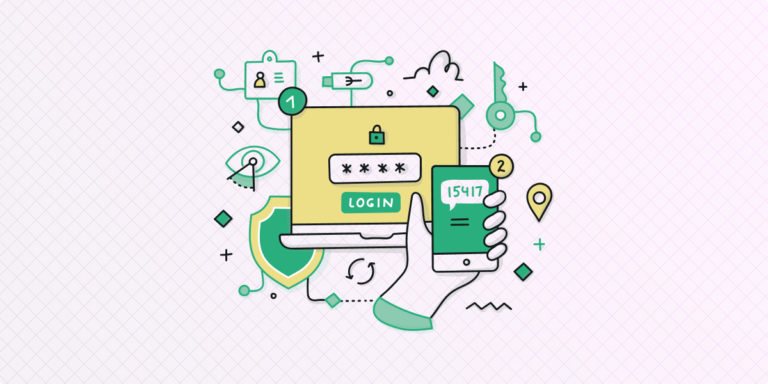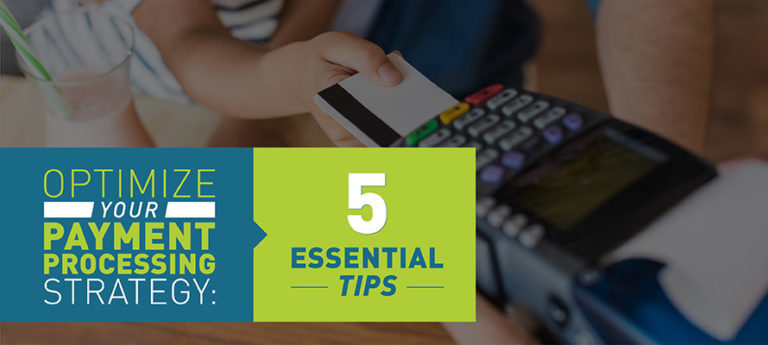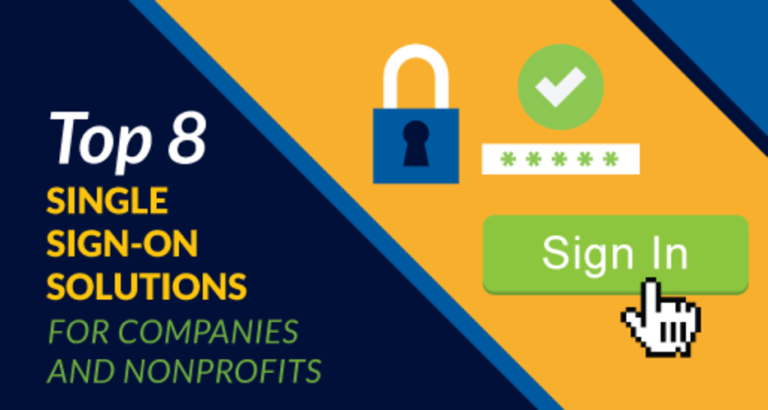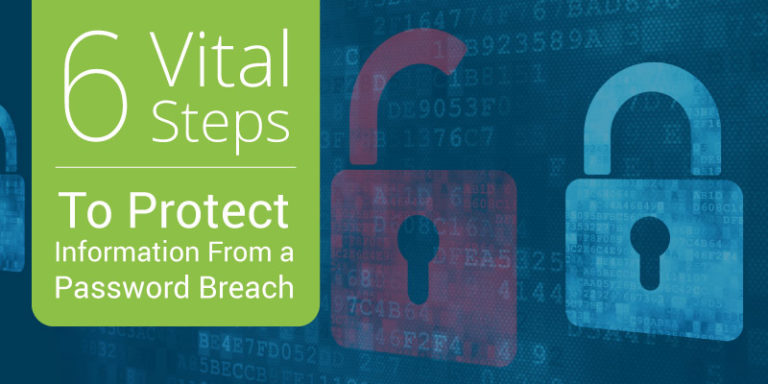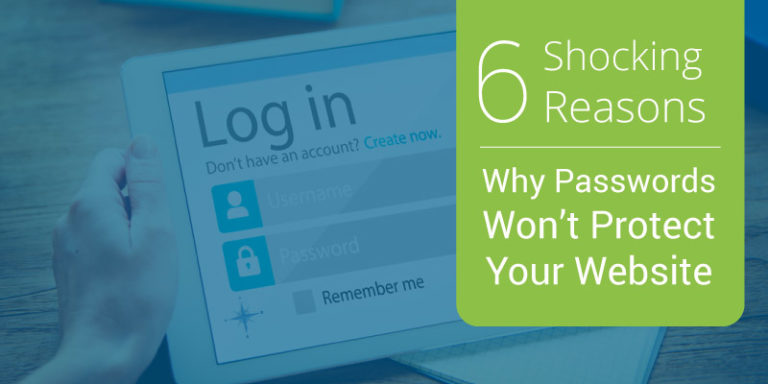
How to Increase Security by Getting Rid of Passwords
Websites and organizations often default to using usernames and passwords to validate user identities. The most popular cybersecurity solution, however, isn’t always the most secure, and there are a number of security risks associated with the use of traditional passwords that can be traced to both users and administrators. Users often don’t choose secure passwords. They may reuse passwords between sites or come up with easy-to-remember passwords that are even easier to hack. Even users who are aware of good password practices may choose low-quality passwords, valuing convenience over security. From an administrative perspective, even the most complex password is only as secure as the database used to store it. Just think of how often companies announce that they’ve had a security breach and that user emails and passwords have leaked. Although many organizations and websites still use passwords to validate users, passwordless authentication is becoming increasingly widespread. Passwordless authentication provides an improved user experience by eliminating the need for users to keep track of complex passwords, while eliminating many of the security flaws associated with password authentication. Say Goodbye to Passwords and Hello to Secure Logins. Go passwordless and delight your users with secure and seamless one-click login. Try Swoop for Free See Demo What Is Passwordless Authentication? Passwordless authentication is any type of user authentication system that provides an alternative way for organizations or websites to verify the identity of users without the use of login credentials. For example, a passwordless authentication system might send users a Swoop Magic Message that can be emailed to login or a Magic Code that can be entered to verify their identity. By verifying user identities without the use of passwords, passwordless authentication eliminates the security risks associated with user-generated passwords. Passwordless authentication can also be combined with a second factor (such as PIN pad, SMS text or even Swoop Emoji MFA) to provide two-factor authentication for users. Two-factor authentication adds a layer of security that strengthens the security of websites by up to 99.9%. How Does Passwordless Authentication Work? With passwordless authentication, user identities are verified without the use of credentials. Instead, users are verified using various forms of identifying information. Most often, this process takes place using the user’s computer or smartphone. Passwordless authentication may involve users sending a Swoop Magic Message email, or displaying an authentication prompt on an associated device. Magic Code One common method of passwordless authentication is to send users a Magic Code to sign into their account. By entering this one-time code, users can log into their account without having to enter any login credentials. This code is typically sent to the user’s email address. To ensure the codes are secure, they are single-use and have a set length of time before they expire. Magic Message Users can also verify their identity by using a Magic Message. A Magic Message is a secure, one-time message that users send to verify their identity. With Swoop, users can send an email from their email account to a provided “Swoop To” address to confirm their identity. If using a mobile device, the user’s email address and the “Swoop To” address are pre-filled automatically, so the user just needs to hit send! Device Authentication Another approach for passwordless authentication involves the use of a secondary device, typically a smartphone, to verify user identities. This authentication is most often paired with the use of a password to provide two-factor authentication, but it is also occasionally used independently of a password. With this approach, a popup alert is sent to a user’s device when they attempt to sign in. Users can accept or reject the login attempt through the popup alert. Organizations and platforms can also use device-specific authenticator apps to verify user identities. These applications automatically generate a code that users must enter when they sign in to a platform. Why Is Passwordless Authentication More Secure? Cybersecurity is only ever as strong as the weakest link, and password authentication has a number of risk factors that passwordless authentication all but eliminates. From user convenience to increased security, passwordless authentication has numerous advantages over traditional password authentication, not least of which is an increase in security. Passwordless authentication cuts down on many of the risks of password authentication and provides a more secure approach to authentication overall. Because passwordless authentication eliminates the need for user-generated passwords, it also eliminates the pitfalls associated with them. When required to come up with passwords, users often reuse passwords between websites or use overly simple passwords that are easy to remember. While websites can require users to create more complex passwords, this can sometimes do more harm than good: Password policies requiring complex requirements like capital letters, numbers, and special characters often result in users taking shortcuts to generate easy-to-remember passwords. After all, even a terrible password like “Password123!” fits the password policies for most websites and organizations. Compared to passwordless authentication, passwords provide an increased risk that user accounts will be hacked through stolen credentials. For example, password authentication comes with the risk of organizational security breaches that can expose user passwords. Additionally, if users choose to store their passwords in a password manager or a file, those passwords could be accessed by external actors. One common concern over the security of passwordless authentication is that it depends on the security of the channel used to authenticate the user. For example, when sending an email or text message via unsecure channels, there is a risk that the message could be intercepted. This risk is mitigated, however, by the use of Swoop’s Magic Message or Magic Code. With Swoop, users are redirected to an auto-generated email that they can send to authenticate their account. Because an identifying token is attached to this email, the email can be used to validate the user and grant them access to their account. With this approach, users can send an authentication email directly from a website or platform without having to interact with their own email account. Performing














